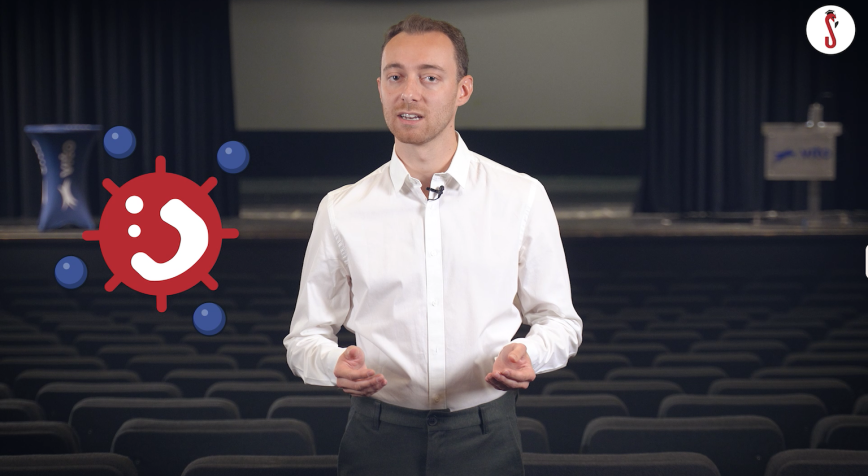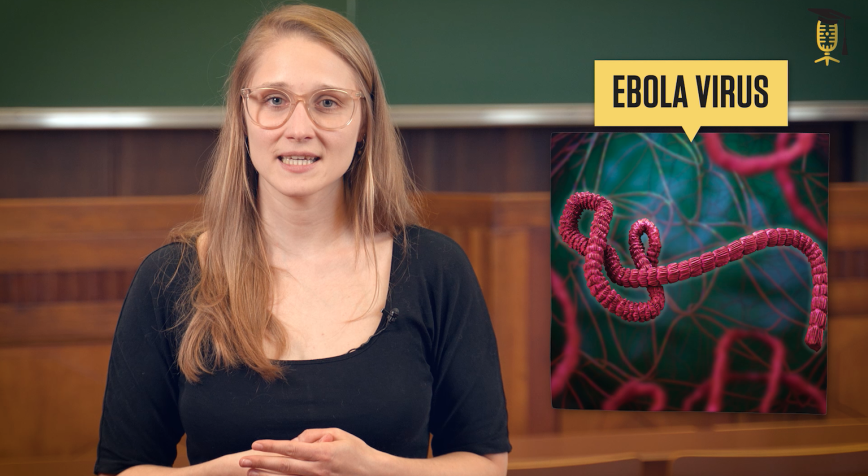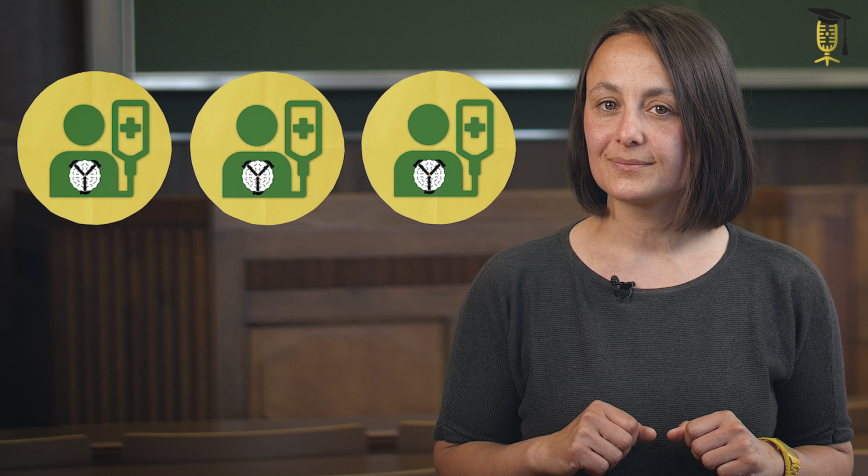
Odisee
UAntwerpen
How bad is concrete rot?
What if your balcony suddenly collapses? It sounds like something out of a horror movie, but accidents like this happen regularly. The main culprit: concrete rot. Professor Bart Craeye is researching ways to save our bridges, tunnels, and buildings from corrosion and collapse. One promising approach is to apply a slight electrical current to the concrete.











